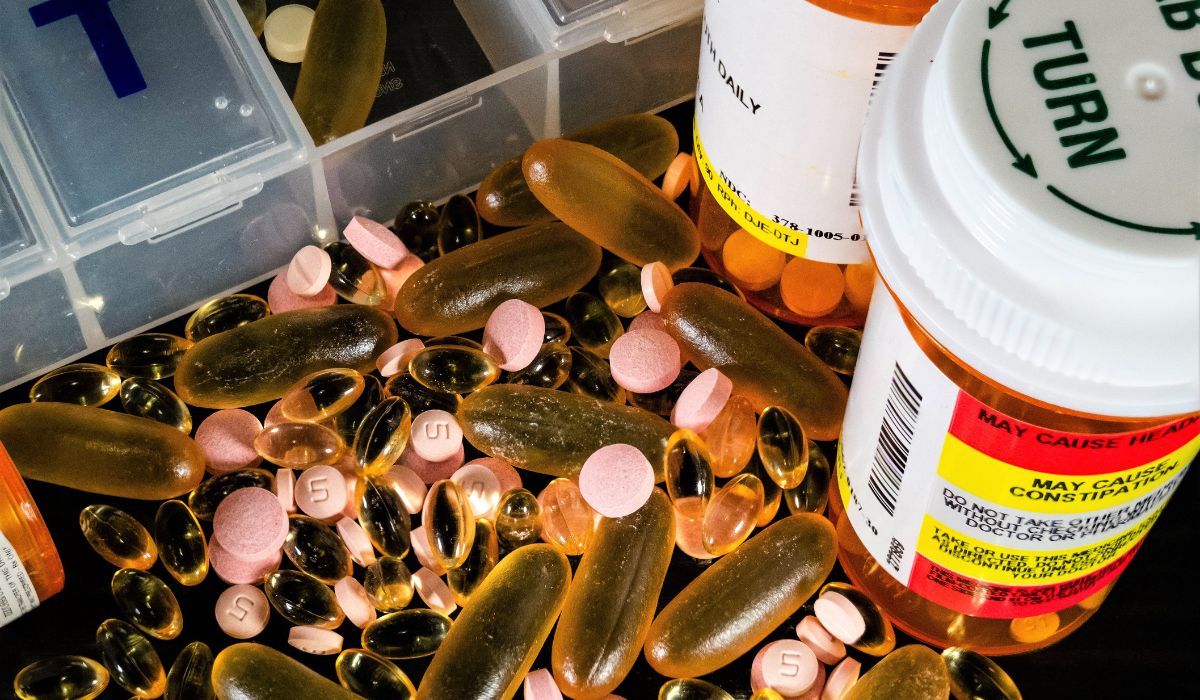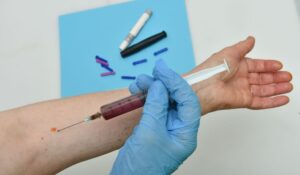Understanding EDDP on a Drug Test
When someone takes a drug test, especially a urine test, they may see the letters EDDP on the report. EDDP stands for 2-Ethylidene-1,5-Dimethyl-3,3-Diphenylpyrrolidine. It sounds complicated, but in simple words, it is a metabolite of methadone.
A metabolite is what the body makes after breaking down a drug. When doctors, rehab centers, or workplaces use a test, they often check not just for the drug itself but also for its metabolites. This helps show adherence to treatment and whether the drug is really being used.
Why Methadone Is Tested
Methadone and Pain Management
Methadone is a strong opioid medicine. Doctors may give it for pain management or to help people with substance abuse issues, such as addiction to heroin or other opiates.
Since methadone is powerful, labs often use toxicology testing to watch how it is used. By looking at EDDP in the urine, they can see if the body has broken down the methadone.
Methadone in Therapy
In addiction recovery programs, methadone may be used in therapy to reduce cravings. Regular testing helps make sure the right dose is being taken and that the person is following treatment.
EDDP and Urine Drug Tests
How EDDP Appears in a Test
When methadone enters the body, the liver changes it into EDDP. A urine test can find both methadone and its metabolite EDDP. If EDDP is present, it shows that methadone was really taken and broken down.
This is important because sometimes people may try to cheat drug tests by adding methadone directly to a urine sample. Without EDDP, the lab knows it was not truly processed by the body.
Immunoassay and Assay Testing
Most drug testing starts with an immunoassay. This is a quick test that uses antibodies to look for drugs or their metabolites. If the result is not clear, the lab may use a more detailed assay, such as forensic science methods, to confirm results.
Why EDDP Testing Matters
Substance Abuse Monitoring
For people in substance abuse treatment, checking for EDDP helps confirm if the person is really taking methadone as prescribed. This shows adherence to the recovery program.
Legal and Forensic Science
In forensic science, tests for EDDP may be used in court cases, probation programs, or workplace safety checks. It adds proof that methadone was truly used, not just added into a sample.
Pain Management Programs
Doctors who use methadone for pain may test for EDDP to be sure the drug is being taken correctly. This protects both the patient and the healthcare provider.
Concentration of EDDP in Urine
Dose and Concentration
The amount, or concentration, of EDDP in a urine sample depends on the dose of methadone taken and how each body processes it. Some people may show higher or lower levels depending on their metabolism, liver function, or timing of the test.
Assay Sensitivity
Labs use very sensitive tools to find EDDP. Even small amounts can be picked up with modern toxicology testing. This helps ensure accuracy in drug monitoring.
The Role of Toxicology in Recovery
Building Trust in Therapy
Toxicology tests are not just about control—they also support trust between patients and providers. When someone in therapy takes methadone as part of their recovery, showing EDDP in their urine proves they are following their plan.
Protecting Health and Safety
For people with chronic pain or past substance abuse, methadone is a serious medicine. Regular urine tests protect against overdose, misuse, or mixing with other dangerous drugs.
Forensic Science and EDDP
Use in Legal Settings
Courts may require drug tests for people on probation or in custody. The presence of EDDP makes results stronger in legal cases. It shows the drug was actually used inside the body.
Avoiding False Positives
Because methadone can sometimes cross-react with other substances in an immunoassay, labs confirm with special assay testing for EDDP. This lowers the chance of mistakes.
Key Takeaways
- EDDP is a metabolite of methadone.
- It shows that methadone was broken down in the body.
- Testing for EDDP helps monitor substance abuse treatment, pain management, and legal programs.
- Urine tests and toxicology assays confirm results with accuracy.
- Labs like Lynk Diagnostics play a key role in supporting recovery and public safety.
FAQs
What does EDDP mean on a drug test?
EDDP is a metabolite of methadone. If it shows up on a drug test, it means methadone was taken and processed by the body.
Why do labs test for EDDP instead of just methadone?
Because methadone can be added directly to a sample to cheat, testing for EDDP proves the drug was really used inside the body.
Can EDDP show up without methadone use?
No. EDDP only forms when the body breaks down methadone. If it shows up, methadone was taken.
How long does EDDP stay in urine?
EDDP can be found in urine for several days after methadone use. The exact time depends on the dose, metabolism, and health of the person.
Is EDDP testing used in substance abuse treatment?
Yes. Rehab programs and therapy use EDDP testing to confirm adherence to methadone treatment and support recovery from substance abuse.
Final Thoughts
Seeing EDDP on a drug test may look confusing, but it is simply a way to confirm methadone use. For people in substance abuse therapy, pain management, or legal programs, this testing gives doctors, labs, and patients reliable information.
At centers like Lynk Diagnostics, advanced toxicology testing ensures results are accurate, fair, and supportive of recovery. By checking for both methadone and its metabolite, EDDP, labs help protect health, build trust, and support safe treatment.








